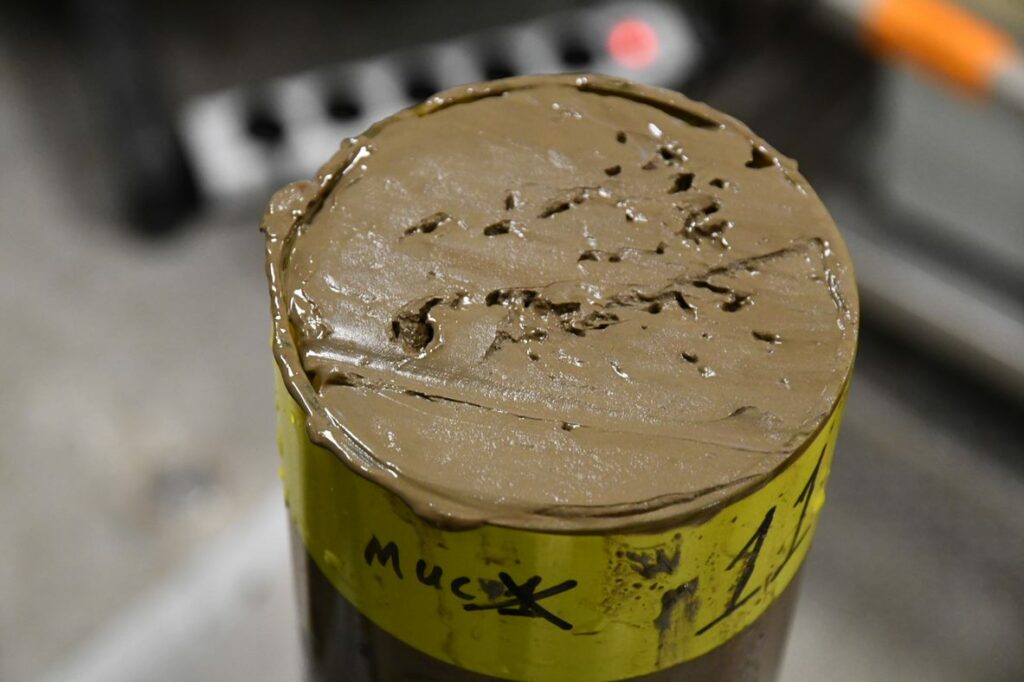HADAL discovers huge amounts of mercury in the hadal trenches in the Pacific Ocean
The Center of Excellence HADAL at the University of Southern Denmark has discovered huge amounts of toxic heavy metal mercury in the hadal trenches, the deepest and most inaccessible trenches in the Pacific Ocean. The new findings are the result of an international collaboration and have been published in the scientific journal Scientific Reports.

One of the DNRF’s newest Centers of Excellence, the Center for Hadal Research (HADAL) at the University of Southern Denmark, has discovered previously unnoticed amounts of the toxic heavy metal mercury in the hadal trenches of the Pacific Ocean. Mercury is in itself not toxic but becomes so if it is integrated into organic systems, for example, when it is in contact with humans, animals, and the environment. That is why this discovery received such wide attention from the HADAL researchers and the rest of the international research team, which includes researchers from Germany, Canada, and Japan. The study has been published in the scientific journal Scientific Reports.
“The amount of mercury that we found in the hadal trenches surpasses the previously registered concentrations in sediments from the open oceans. And the amount is even higher than in some areas on Earth that are contaminated with industry emissions,” said Professor Hamed Sanei from the Organic Carbon Group at Aarhus University, who is first author on the study.
A deeper search into more toxic organics and heavy metals
Professor and HADAL head of center Ronnie N. Glud was the scientific leader of the expedition that investigated the hadal trenches in the Pacific Ocean at a depth of 8 to 10 kilometers. The investigation resulted in both good and bad news. The bad news is that the high levels of mercury may be the result of the growing emissions from humans, which can damage the overall health of the ocean. The good news is that because of their isolated placement, the hadal trenches work as an end station for the dump, and the mercury gets buried deep down in the sediments and therefore has a hard time reaching the food chain.
Mercury is only one of many toxic organics around us, and so the research team is going to analyze sediments from the hadal trenches to look for signs of other heavy metals and toxic organics.
“We have just started working on this, but the research team has already found surprisingly high levels of toxic organics in scavenging crustaceans from the hadal trenches,” said Professor Glud, who is last author on the study.
In addition to Professor Glud, Professor Bo Thamdrup and Associate Professor Kazumasa Oguri from HADAL were also part of the study.
You can read more about the study at the University of Southern Denmark here
